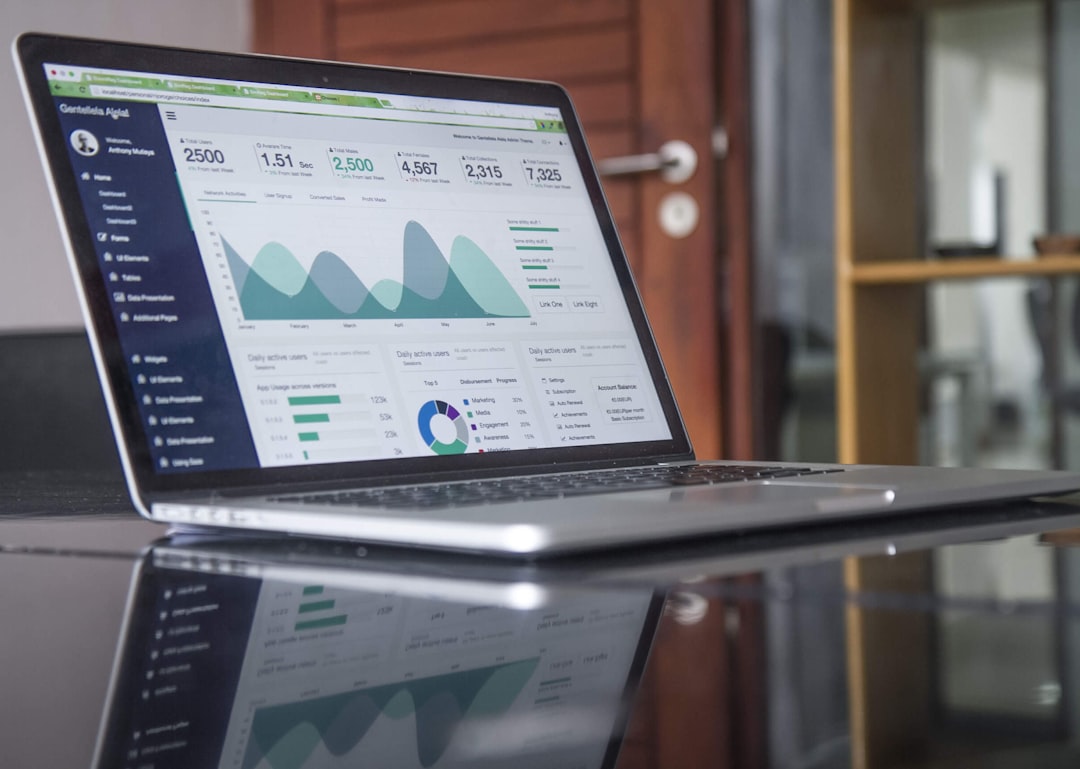
Optimizing Digital Performance: Unlocking Speed, Reliability, and Data Insights through URL Reference Throughput Metric API Optimization
In today’s fast-paced digital landscape, optimizing performance is paramount for businesses seeking to maintain a competitive edge. One of the key components of this optimization is the effective use of URL Reference Throughput Metric APIs. These metrics not only provide insights into system reliability but also enhance speed and data visibility. This article explores how to leverage these APIs to optimize digital performance effectively.
Understanding URL Reference Throughput Metrics
URL Reference Throughput Metrics are essential for measuring how well a URL endpoint performs in terms of request handling and data throughput. By analyzing these metrics, organizations can identify bottlenecks, optimize resources, and ensure that their applications run smoothly. Key metrics to focus on include:
- Response Time: The time taken to process a request and return a response.
- Error Rate: The percentage of requests that result in errors.
- Throughput: The number of requests processed per second.
By continuously monitoring these metrics, teams can gain insights into the performance of their applications and make data-driven decisions to enhance reliability and speed.
The Importance of API Optimization
API optimization is crucial for ensuring that applications can handle increased traffic while maintaining performance levels. Here are some best practices for optimizing URL Reference Throughput Metric APIs:
1. Implement Caching Strategies
Caching can significantly reduce the load on your servers and improve response times. By storing frequently accessed data in memory, you can minimize the number of requests that hit your backend services. Consider using tools like Redis or Memcached to implement caching effectively.
2. Optimize Data Payloads
Reducing the size of data payloads can lead to faster response times. This can be achieved by:
- Minifying JSON: Remove unnecessary whitespace and comments from JSON responses.
- Using Compression: Employ Gzip or Brotli compression techniques to decrease the size of data transmitted over the network.
3. Monitor and Analyze Performance
Utilizing monitoring tools such as Prometheus, Grafana, or New Relic allows teams to visualize performance metrics in real time. This proactive approach helps identify potential issues before they escalate.
# Example command to check API response time using curl
curl -w "@curl-format.txt" -o /dev/null -s "https://api.yourservice.com/endpoint"4. Rate Limiting and Throttling
Implementing rate limiting can prevent abuse of APIs and ensure fair usage. By restricting the number of requests from a single user, you can maintain optimal performance levels for all users.
Emerging Trends in API Optimization
As technology evolves, so do the methodologies for optimizing digital performance through APIs. Here are some current trends to watch:
1. Serverless Architectures
Serverless computing allows developers to build and run applications without managing servers. This architecture reduces operational overhead and can lead to improved performance since resources are allocated dynamically based on demand.
2. API Gateways
API gateways are becoming increasingly popular for managing and monitoring API traffic. They provide a single entry point for clients, enabling features like load balancing, security, and caching, which can significantly enhance throughput and reliability.
3. Artificial Intelligence and Machine Learning
Integrating AI and machine learning into API optimization can lead to smarter performance management. These technologies can predict traffic patterns, optimize resource allocation, and even auto-scale services dynamically.
Case Study: Real-World Application
A leading e-commerce platform experienced significant slowdowns during peak shopping seasons. By implementing URL Reference Throughput Metric API optimization techniques, such as caching, compression, and monitoring, they managed to reduce their response time by 50% and improved their throughput by 300%. This not only enhanced user experience but also resulted in higher sales during critical periods.
Conclusion
Optimizing digital performance through URL Reference Throughput Metric API optimization is a multi-faceted approach that involves careful monitoring, strategic planning, and the implementation of best practices. By focusing on speed, reliability, and data insights, organizations can ensure their applications are not just functional but also efficient and scalable.
For further reading, consider exploring these resources:
As you delve deeper into API optimization, staying updated with current trends and methodologies will empower you to enhance your digital performance strategy effectively. Don’t forget to experiment with the tools mentioned and share your findings with the community!


